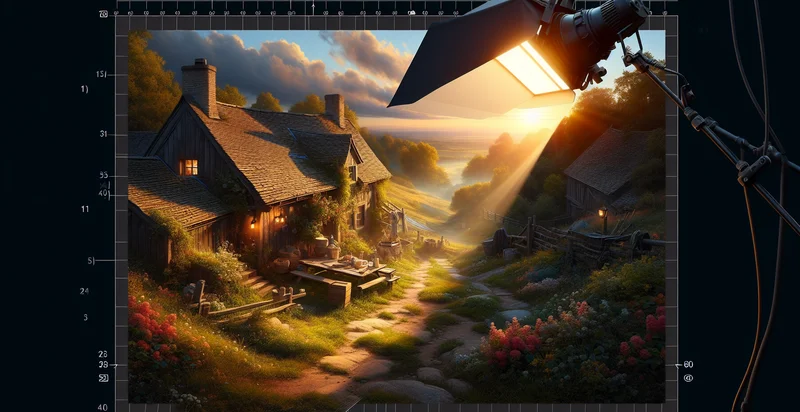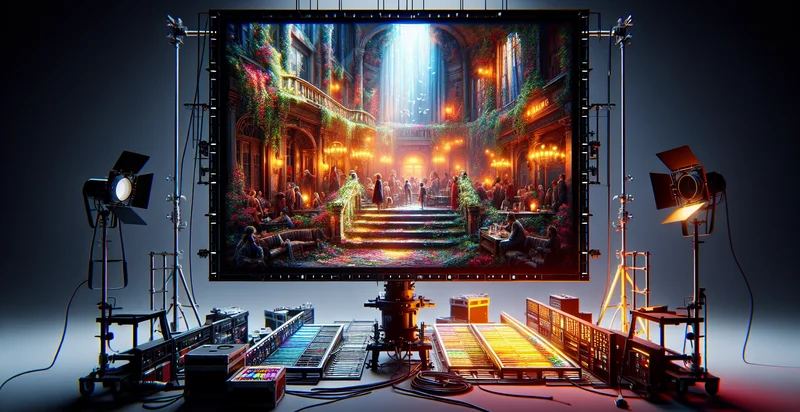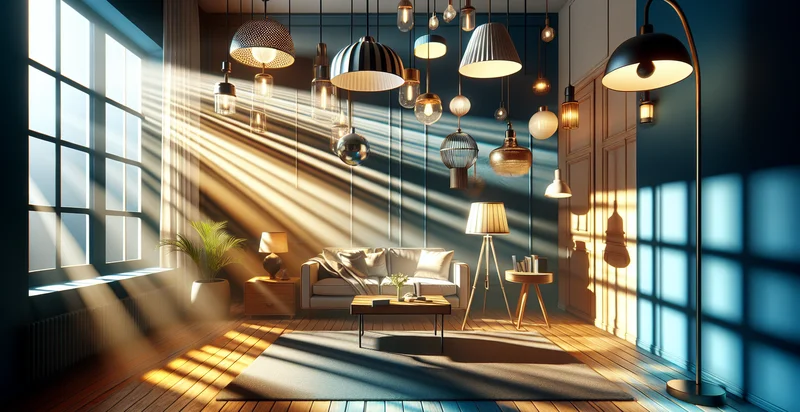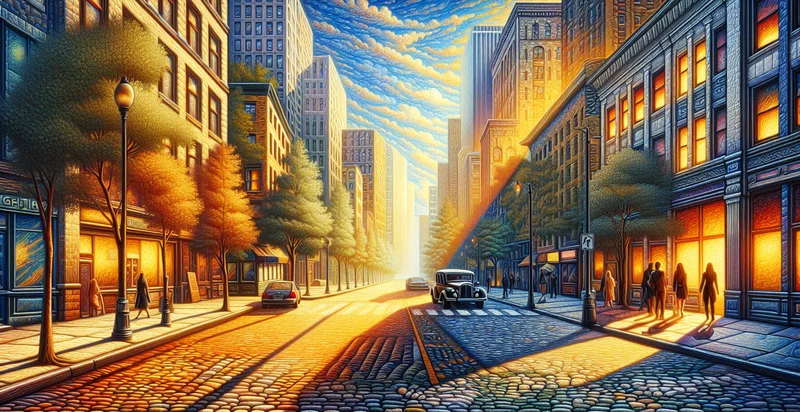Identify lighting direction
using AI
Below is a free classifier to identify lighting direction. Just upload your image, and our AI will predict the direction of the lighting in the image. - in just seconds.

Contact us for API access
Or, use Nyckel to build highly-accurate custom classifiers in just minutes. No PhD required.
Get started
import nyckel
credentials = nyckel.Credentials("YOUR_CLIENT_ID", "YOUR_CLIENT_SECRET")
nyckel.invoke("lighting-direction", "your_image_url", credentials)
fetch('https://www.nyckel.com/v1/functions/lighting-direction/invoke', {
method: 'POST',
headers: {
'Authorization': 'Bearer ' + 'YOUR_BEARER_TOKEN',
'Content-Type': 'application/json',
},
body: JSON.stringify(
{"data": "your_image_url"}
)
})
.then(response => response.json())
.then(data => console.log(data));
curl -X POST \
-H "Content-Type: application/json" \
-H "Authorization: Bearer YOUR_BEARER_TOKEN" \
-d '{"data": "your_image_url"}' \
https://www.nyckel.com/v1/functions/lighting-direction/invoke
How this classifier works
To start, upload your image. Our AI tool will then predict the direction of the lighting in the image..
This pretrained image model uses a Nyckel-created dataset and has 10 labels, including Ambient Lit, Backlit, Bottom Lit, Cross Lit, Front Lit, Hard Light, Rim Lit, Side Lit, Soft Light and Top Lit.
We'll also show a confidence score (the higher the number, the more confident the AI model is around the direction of the lighting in the image.).
Whether you're just curious or building lighting direction detection into your application, we hope our classifier proves helpful.
Related Classifiers
Need to identify lighting direction at scale?
Get API or Zapier access to this classifier for free. It's perfect for:
- Photography Enhancement: Photographers can utilize the 'lighting direction' identifier to assess and improve their capture techniques. By understanding the light's source, they can adjust their camera settings and composition to create more visually compelling images.
- Virtual Try-On Applications: E-commerce platforms that offer virtual try-on solutions can enhance user experience by ensuring that the lighting in product images matches the user's environment. This feature will help customers visualize how clothing or accessories will look under different lighting conditions, increasing engagement and reducing return rates.
- Video Production Optimization: Video editors can use this function to categorize footage based on lighting direction, streamlining the editing process. By organizing clips accordingly, editors can select the best shots faster, ensuring a uniform look across scenes and improving the overall quality of the final product.
- Augmented Reality Experiences: AR applications can integrate this identifier to adjust virtual elements according to real-world lighting conditions. This enhances the realism of the interactions users have with virtual objects, making experiences more immersive and believable.
- Art Restoration and Analysis: Art historians and restorers can benefit from the identification of lighting direction in art pieces, providing insight into the techniques used by the artist. This function can assist in preserving artwork by informing restorers about how to replicate or respect the original conditions of the piece.
- Interior Design Simulation: Interior designers can implement this function to analyze photos of spaces and assess how lighting affects color perception and ambiance. By identifying the direction of light, designers can suggest optimal design changes that enhance the aesthetic appeal and functionality of a space.
- Training AI Models: Developers can use the lighting direction identifier in training datasets for computer vision models, improving the accuracy of object detection and image classification tasks. By incorporating this additional layer of information, AI systems can better adapt to varying light conditions and enhance overall performance in real-world applications.


